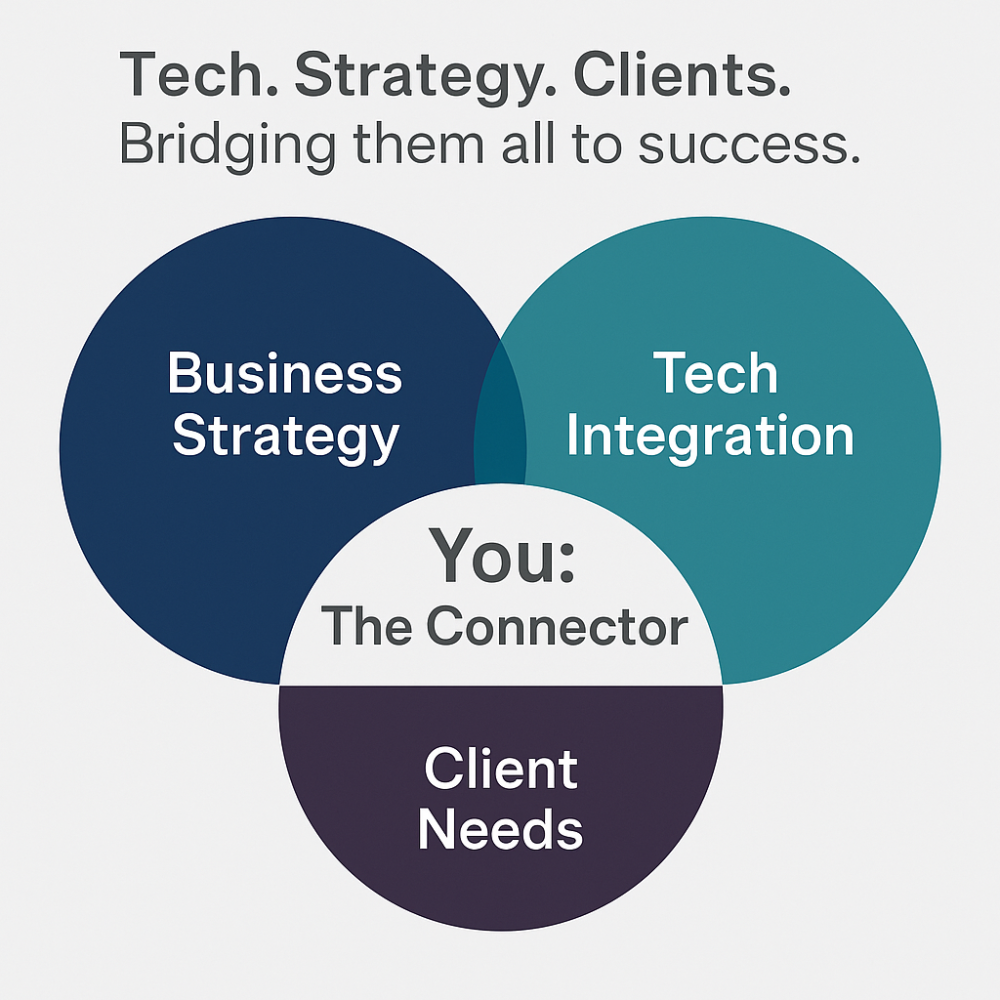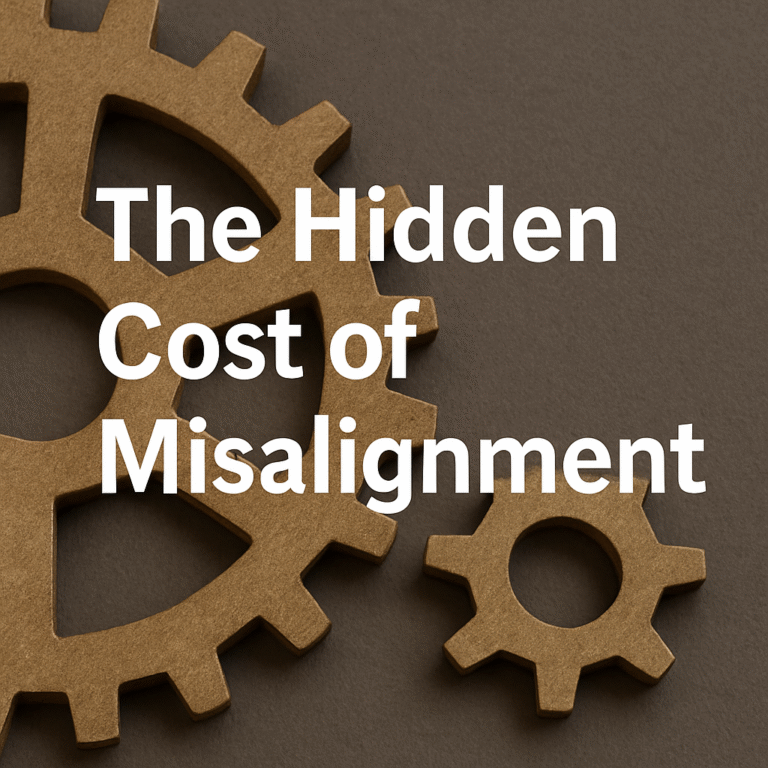In a perfect world, every client brief would be crisp, every KPI clearly defined, and every stakeholder aligned. But if you’ve spent any time in client leadership, especially with large enterprise accounts, you know that’s rarely reality.
More often, the truth sounds like:
- “We think we want to do X, but we’re not sure how.”
- “Leadership is aligned…mostly.”
- “We need to move fast, but the goals will change.”
This is ambiguity and it’s where strategic leaders either sink or shine.
Over nearly 25 years leading high-stakes client relationships, I’ve learned how to navigate the gray space. This is where decisions are fuzzy. Direction shifts midstream and expectations evolve by the week. It’s not easy, but it’s where some of the most meaningful client partnerships are built.
Here’s what I’ve learned about leading through ambiguity, especially when you don’t have all the answers (yet).
1. Own the Ambiguity. Don’t Avoid It.
The first mistake I see teams make is trying to smooth over ambiguity instead of naming it. But ignoring it doesn’t make it go away, it just creates blind spots.
Clients are often under pressure to “figure it out as they go.” They value partners who can navigate that uncertainty with them.
Here’s what owning ambiguity looks like:
- Acknowledging where clarity is missing
- Asking bold, respectful questions
- Making progress with directional hypotheses, not waiting for perfect inputs
One phrase I’ve used often:
“We’re in a space where clarity is still forming. Here’s how we can make smart, low-risk moves while we shape the bigger picture.”
That shows leadership and partnership.
2. Ask Better Questions Than You Give Answers
When stakes are high and information is murky, clients don’t need flashy presentations or boilerplate solutions. They need someone who can ask the questions they haven’t thought to ask.
Some of my go-to prompts in ambiguous situations:
- “What does success look like six months from now and who defines that?”
- “If we only solve one piece of this puzzle right now, which one matters most?”
- “What assumptions are we making that not hold up in 3–6 months?”
The goal isn’t to fill the space with noise, it’s to uncover clarity by gently pressure-testing what’s known and unknown.
3. Build Flexible Plans With Strong Anchors
One of the hardest balances to strike is between flexibility and structure. You can’t lead through ambiguity without a plan—but rigid plans often break under the weight of changing priorities.
Instead, I build flexible frameworks anchored in the why, not just the what.
That means:
- Prioritizing goals over tactics
- Sequencing work in “test and learn” phases
- Defining decision checkpoints for iteration
This gives clients confidence that there’s a path ahead, but also room to shift without derailing everything.
I often frame this as:
“Here’s a smart starting point. Let’s move ahead while keeping optionality open.”
4. Keep the Narrative Tight—Even When the Details Aren’t
Ambiguity can breed chaos. Your role as a strategic partner is to bring coherence to complexity.
Even if all the details aren’t locked in, your narrative should be. That means:
- Reinforcing the core business goal at every step
- Summarizing complexity into digestible next steps
- Helping internal champions sell the vision upstream
Clients appreciate partners who help them communicate clearly inside their own organizations. It’s not just about doing the work—it’s about making the work make sense to others.
5. Show Up With Calm Confidence
When goals shift or stakeholders disagree, clients will look to you for steadiness. Not perfection. Not clairvoyance. Just a calm, confident presence that says, “We’ll figure this out together.”
I’ve found that clients remember how you made them feel during moments of uncertainty more than what you did.
This doesn’t mean faking certainty. It means being honest, grounded, and proactive:
- “Here’s what we know, what’s evolving, and how we’ll adapt.”
- “We’ve built in room for course correction, so we’re not locked into the unknown.”
- “We’re leading with intention, even as things shift.”
That’s leadership. And that’s what earns trust.
Final Thought: The Best Leaders Don’t Wait for Clarity—They Create It
Leading through ambiguity isn’t about knowing everything. It’s about knowing what to do when you don’t, learning the right questions to ask and keeping a steady pace. Stay anchored in the bigger picture, especially when things get messy.
Using these techniques led to the formation of some of my best client relationships. These relationships were formed during ambiguity, not in perfect planning cycles. That’s where real partnership shows up, building real trust and having leadership tested and revealed.
So the next time you find yourself staring at a moving target, take a breath. You don’t need every answer to lead. You just need the courage to go first.





